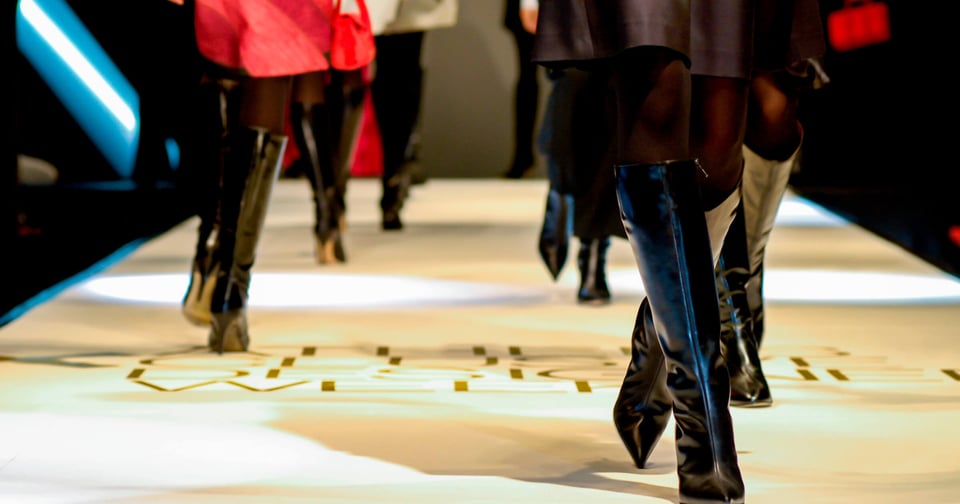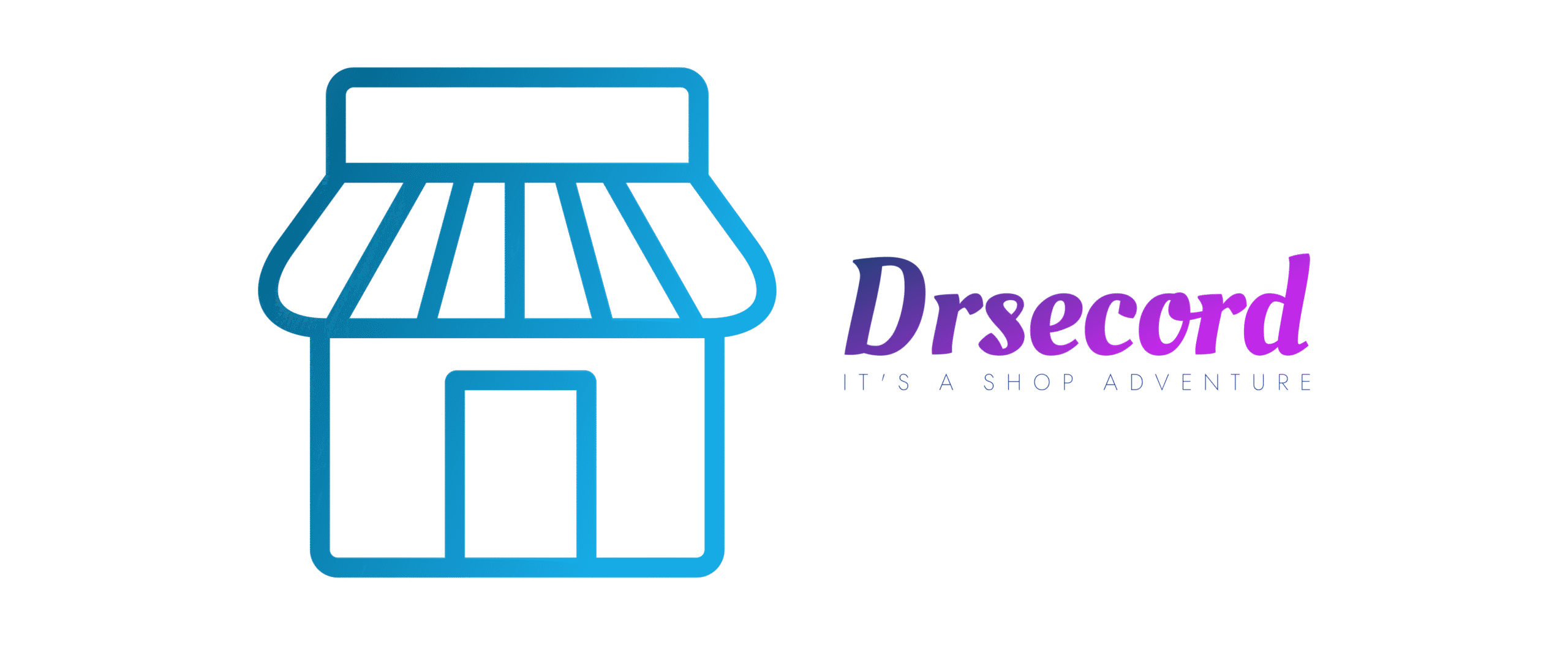5 Sustainable Fashion Trends Changing the Industry the fashion world is undergoing a paradigm shift toward responsibility and ingenuity. Consumers and designers alike are turning their gaze to garments that honor both style and stewardship of the planet. These sustainable fashion trends are not mere buzzwords; they represent a tectonic transformation in how clothing is conceived, produced, and cherished.

1. Regenerative Agriculture Fibers
Farming fabrics is no longer a passive act—it’s an active restoration project. Regenerative agriculture elevates conventional cotton and hemp cultivation by nurturing soil biodiversity, improving water retention, and sequestering carbon beneath the surface. Farmers employ cover crops, rotational grazing, and compost teas to revivify depleted land. The result? Cotton as soft as a whisper yet grown without chemical drenches. Hemp that breathes like botanical silk. Wool from sheep grazed on polycultures that mimic natural ecosystems.
High-end labels and indie ateliers procure fibers directly from regenerative farms, ensuring traceability from seed to stitch. Each garment becomes an emissary of ecological renewal. When you don a T-shirt crafted from regenerative cotton, you wear a living testament to earth-healing practices. This isn’t greenwashing; it’s an agricultural renaissance woven into fabric.
2. Lab-Grown and Bio-Based Materials
A new lexicon of textiles is emerging in biotech labs. Picture leather grown from mushroom mycelium, or silk spun by genetically engineered yeast. These bio-based materials sidestep the land, water, and ethical concerns surrounding animal agriculture. Mycelium leather possesses a supple hand and can be custom-dyed at the cellular level. Algae-derived fibers yield buoyant knits, perfect for swimwear that doesn’t leach microplastics into the sea.
Synthetic biology also produces biodegradable polyesters from plant sugars rather than petrochemicals. Bacterial cellulose harnessed in petri dishes yields delicate, translucent organza. The aesthetics are otherworldly—chiaroscuro sheens, pulpy textures, and iridescent surfaces. When these innovations scale, they will redefine what “luxury” means: a garment that disintegrates harmlessly when discarded, or even composts into nutrient-rich soil.
3. Closed-Loop Circular Systems
The days of disposable fashion vanish with the rise of closed-loop economies. Brands are crafting garments with end-of-life in mind: seams that unzip easily for material separation, fibers engineered for mechanical or chemical recycling, and modular components that can be swapped or upgraded. Some labels offer take-back programs where worn items are returned, sorted, and reconstituted into new textiles or insulation fill.
Digital platforms facilitate peer-to-peer resale, extending each garment’s lifespan by years or decades. Tokenized authenticity on blockchain ensures provenance, preventing counterfeit knock-offs. Rental services cater to occasional outfit needs—weddings, galas, or photo shoots—without burdening closets. This circular model slashes waste, curtails resource extraction, and dismantles the linear “take-make-discard” mentality.
4. Low-Impact Dyeing and Waterless Coloration
Color once came at a steep ecological cost: rivers dyed in chemical effluent, gallons of freshwater consumed in vats. Now, sustainable fashion trends embrace plant-based pigments and waterless dyeing processes. Extracts from pomegranate husks, indigofera plants, and madder root yield vivid reds, blues, and ochres with zero synthetic toxins. Innovators employ supercritical CO₂ technology to infuse color into fabrics without water at all—pressurized gas acts as a solvent, then dissipates, leaving behind brilliantly dyed garments.
Digital printing further minimizes waste by depositing pigment directly onto textiles, requiring neither excess water nor energy-intensive heat fixation. Even the wastewater that remains is filtered and reused, creating near-closed circuits in dye houses. The result is garments that radiate deep, natural hues—and leave rivers, rather than ravaging them.
5. Digital Fashion and Virtual Wardrobes
As digital realms flourish, so does the concept of clothing that exists purely in cyberspace. Virtual garments—3D creations designed for social media avatars, video games, and augmented-reality filters—offer limitless creativity at zero material footprint. Enthusiasts purchase blockchain-registered NFT outfits to style their online personas, flaunting hyperreal ruffles, self-illuminating fabrics, and gravity-defying silhouettes.
Digital fashion houses collaborate with traditional brands, launching hybrid collections where customers “try before they buy” via AR fitting rooms. Some purchase both the digital and physical versions, blurring reality with virtual fantasy. This trend not only curbs textile waste but also democratizes high-end design: anyone, anywhere can don couture A-lines or techno-leather in pixels rather than pounds of fabric.
Honorable Mentions
Other noteworthy sustainable fashion trends include:
• Deadstock revival—crafting garments from surplus or obsolete fabric rolls, resulting in limited-edition, character-rich pieces.
• Circular accessories—jewelry made from ocean plastics or upcycled metal, and handbags woven from repurposed seat belts.
• Solar-charged smart textiles—fabrics embedding photovoltaic fibers to power wearable electronics.
• Rental wardrobes—subscription services rotating high-fashion pieces so closets stay fresh without excess purchasing.
Consumer Actions for Impact
Change begins in individual choices. Support these shifts by:
• Researching brand origins—seek transparency reports, certifications like GOTS or Cradle to Cradle, and supplier audits.
• Prioritizing quality over quantity—purchase pieces you’ll cherish, repair, and pass down.
• Engaging in sharing economy—rent, swap, and gift rather than hoard.
• Caring mindfully—washing cold, line-drying, patching tears, and upcycling.
• Advocating for policy—urging legislation that mandates producer responsibility and funds textile recycling.
The Road Ahead
As climate imperatives intensify, the industry will evolve further. Expect AI-driven demand forecasting to curb overproduction, on-demand manufacturing to eliminate deadstock, and personal carbon-footprinting apps tied to clothing purchases. Fashion education is integrating ethics and systems thinking into curricula, producing designers who view garments as cultural artifacts and ecological agents alike.
Ultimately, these sustainable fashion trends herald a future where style and sustainability coalesce seamlessly. Garments will be celebrated for their narratives—of regenerative farms, biotech breakthroughs, and circular lifecycles. In this new era, fashion becomes both a canvas for self-expression and a catalyst for planetary well-being.



